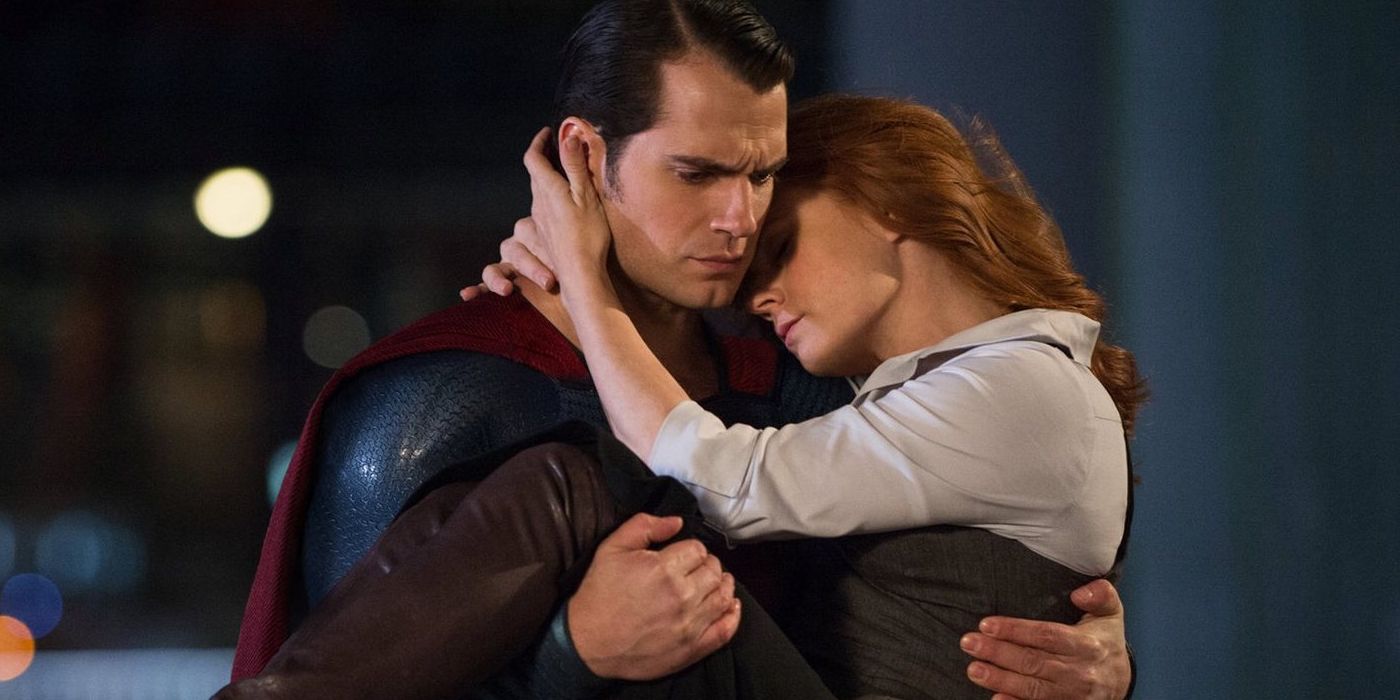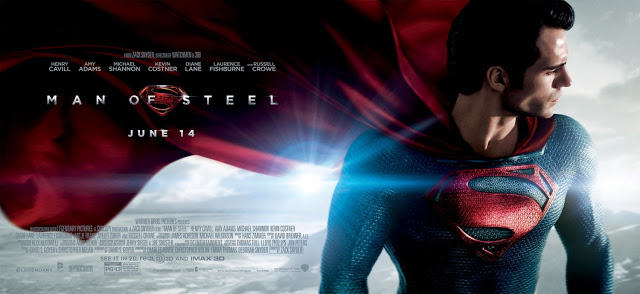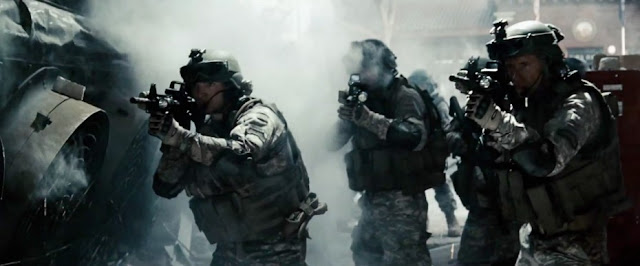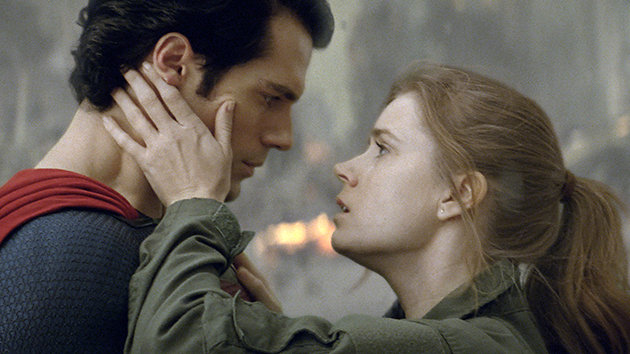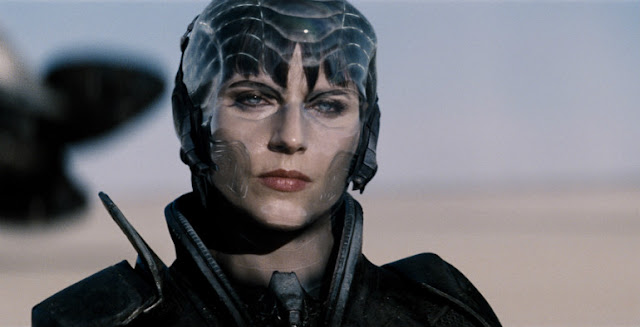This guest post written by Hannah Collins originally appeared at Fanny Pack. It is cross-posted with permission.
Batman v Superman: Dawn of Justice may have been a disappointment to many, but I think most comic book fans – and feminists – can agree that Gal Gadot’s strong performance as Wonder Woman was a much-needed bright spot. It’s a shame, then, that the film’s other significant female character – intrepid reporter Lois Lane (Amy Adams) – doesn’t get the same treatment. Though she plays a fairly significant part in advancing the story, and enjoys some (weird) bath-time fun with Clark Kent (Henry Cavill), that’s pretty much all she’s there for – little more than a plot device, a shoulder to cry on, and even worse, a constant distraction to Earth’s greatest hero.
This may seem like a trivial complaint but as someone who fell in love with comic books before feminism, Lois Lane – along with Wonder Woman, Catwoman and Storm – was instrumental in shaping my understanding of what it meant to be a woman in a man’s world. And in a world filled with Gods, magic, time-travel and President Luthor, you’ve got to be one heck of a dame.
Here’s why The Daily Planet’s ace reporter is far more than just Superman’s victimized girlfriend.
A Damsel Not in Distress
The ‘woman in peril’ theme is one that has unfortunately persisted throughout literature and pop culture, from ancient Greek maidens like Andromeda and her hero Perseus, right the way through to Princess Zelda and her hero Link in Nintendo’s Legend of Zelda. It’s no surprise then that the Superhero genre – the modern-day equivalent to Perseus – has also been oversaturated by the damsel/hero dynamic.
Superman is the world’s first Superhero and Lois Lane his eternal damsel in distress. No matter how many Pulitzers she wins or oranges she juices at her Daily Planet desk in her personal war on cigarettes, that core underpinning will never change. But throughout her 75-year history, her determination to fight this definition has never waned.
From her solo comic title, Superman’s Girl Friend, Lois Lane (1954-1974) to her top billing in TV’s Lois & Clark: The New Adventures of Superman’(1993-97), and recent YA novel series Fallout by Gwenda Bond, Lois has proven that she is not only a superior journalist to Clark Kent and Superman’s equal partner, but can carry a story on her own. More often than not, when Lois finds herself in need of rescue from the Big Man in Blue, it’s from a sticky situation of her own making. Rather than wait around to be scooped up by a dragon like a hapless medieval maiden, Lois seeks out trouble in the name of journalism.

Even better is when – thanks to a mix of her “military brat” upbringing and some Kryptonian martial arts – sometimes she gets to even save herself.
[youtube_sc url=”https://youtu.be/5Q8SkwskHPM”]
Because Women Are Strong as Hell
Ever since William Moulton Marston blessed us our first feminist superwoman, Wonder Woman, the Superhero genre has been filled with gutsy, gladiatorial women. But whilst these goddesses represent a masculinized ideal of brute force, Lois Lane represents a more achievable kind of strength for us mere mortals. Tenacity, self-reliance, and quick wits – these are the weapons of choice for the archetypal career woman bent on “having it all.”
But Lois Lane’s fierceness didn’t just grow from the necessity to reflect the changing role of women in society; creators Joe Shuster and Jerry Siegel embedded it within her character from the very start. Her personality was borrowed from fast-talking fictional reporter (and owner of The Most 1930s Name Ever) ‘Torchy Blane’ who starred in a series of Warner Bros. films in the 1930s. Her tagline was ‘The Lady Bloodhound with a Nose For News!’ and she was one of the few positive examples of career-driven women on American cinema screens at the time that rivaled – or bested – her male equivalents.
Also woven into Lois’ DNA was real-life pioneering journalist and inventor Nellie Bly. Not only did Bly famously travel the world in a record-breaking 72 days, but also she feigned mental illness in order to write an exposé on life inside a mental institution – redefining investigative journalism and making the rest of us feel desperately lazy.
From Meg in Disney’s Hercules to Spider-Man’s Mary-Jane Watson, every “feisty” damsel worth her salt owes a debt of gratitude to Lois.
Lois Isn’t Holding Out for a Hero
Saying that Lois and Clark are one of your favorite couples in fiction is kind tantamount to saying the same about Romeo and Juliet. In other words, woefully mainstream. But as much as I really do believe they deserve a place amongst literature’s greatest love stories, Lois has proven many times that she can function perfectly well without her fated other half, as the panel above illustrates.
This was exemplified on-screen recently in the much-maligned Superman Returns (2006). Picking up after Superman II (1980), the film starts with Superman (Brandon Routh) returning to Earth after a 5-year absence to find that Lois (Kate Bosworth) has not only moved on to someone else, but also raised a son with him.
Inevitably as the story progresses, Lois finds that her feelings for the Man of Steel are not as buried as she’d thought, and I’m sure the abandoned sequel planned for 2009 would have seen my favorite reporting duo back together. Nonetheless, I was still impressed that rather than pull a ‘Bella Swan’ and throw herself off of a cliff in a fit of angsty despair, Lois Lane wipes away her tears, wins her damn Pulitzer, finds another great guy, raises a child, and foils Lex Luthor’s dastardly plans.
Because not even Earth’s strongest hero can break her that easily.
Keep Lois Out of the Refrigerator
Despite her development over the years into a competent and important player in the DC Universe’s canon of heroines, too many landmark stand-alone stories in Superman’s history hinge not on the strength of Lois Lane, but on her death. Kingdom Come, Superman: Kal, Flashpoint, and Injustice: Gods Among Us all sacrifice Lois (in some pretty fucked up ways) simply to motivate Superman to lose his shit. And judging from the teasers nestled in Batman v Superman: Dawn of Justice, we may be in danger of seeing one of these stories on screen soon.
This is a variant of the ‘Damsel in Distress’ trope known as ‘Women in Refrigerators,’ coined by comics writer Gail Simone to “describe the trend of female comic book characters who are routinely brutalized or killed-off as a plot device designed to move the male character’s story arc forward.” (The term originates from Green Lantern #54, in which Green Lantern discovers his murdered girlfriend’s body in his fridge.)
Look, I get it. Superman only has two weaknesses: Kryptonite and Lois Lane. (Well, three weaknesses if you include his susceptibility to magic.) Same goes for practically every other superhero trying to balance saving the planet with getting laid. It’s a character-building shortcut that’s become inherent to the genre. But the problem with this is that while the male character (and they are nearly always male by default) benefits from this dynamic by having his big, brooding ego balanced with a touch of human emotion, the female character gains nothing other than bearing the weight of the inevitable choice he will have to make between her life and the lives of others. What does it tell you about the value of a female character if she adds more to the narrative in death than in life? Plus, this constant stream of stories that use violence against women as a plot device harmfully perpetuates the real-world stereotype of women as helpless victims and men as their patriarchal saviors.
Any writer that reduces Lois Lane down to little more than human Kryptonite thoroughly misrepresents her rich 75-year history as an important pop cultural icon to women. I can only wait and hope that Snyder’s future Justice League movies treat her a little better than just a sacrificial lamb with a reporter’s badge. In the immortal words of Kate Beaton (of Hark, a Vagrant fame): “If Lois isn’t super rad all the time, then I don’t even want to hear about it.”
See also at Bitch Flicks: The Women of ‘Man of Steel’ and the Toxicity of Hyper-Masculinity; ‘Man of Steel’: Wonderful Women, Super Masculinity
Hannah Collins is a London-born writer and illustrator fascinated by the intersection between pop/visual culture and feminism. Her interest in the movement grew during her time studying Fine Art & Creative Writing at Lancaster University where she discovered writers and artists such as Laura Mulvey, Orlan, Marina Abramovic and Donna Haraway, who opened her eyes to the huge significance – often detrimentally – that the artifice of gender plays in our culture and society. In particular, Haraway’s Cyberfeminist Manifesto linking gender to science fiction had such an impact on her that she constructed the bulk of her dissertation around it. On the blogging scene, Hannah has attracted over 1 million readers to her blog on gender representation in pop culture. By day, she is currently a freelance illustrator for children’s books and comics, and by night (and any other available hour) she contributes to the Cosmic Anvil and Fanny Pack blogs, as well as her own.
